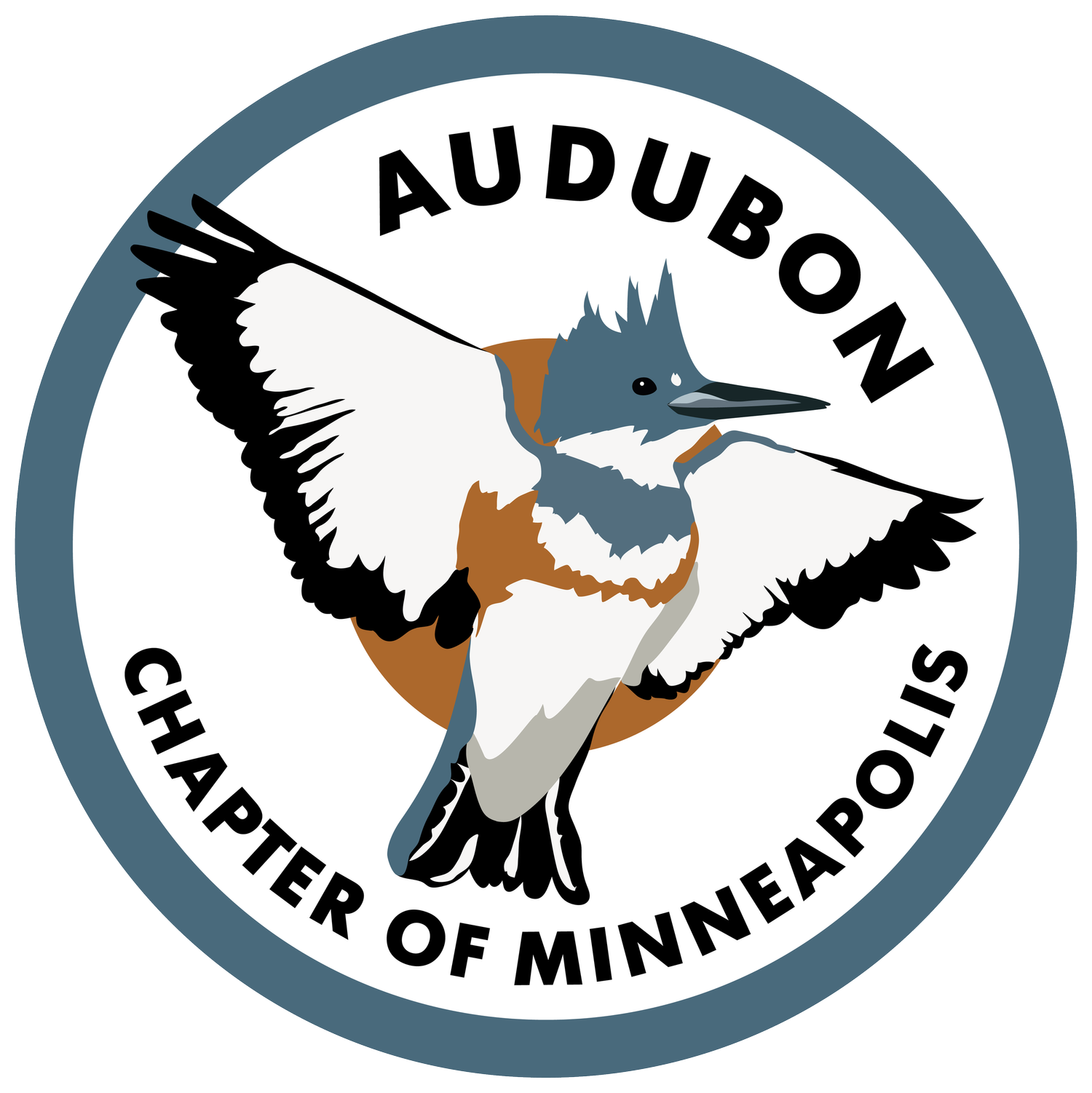The Mississippi Flyway Brings Birds to Our City
Common Yellowthroat, Minneapolis, MN Photo: Keith Olstad
We don’t always think of big cities as bird hotspots, except for perhaps pigeons, sparrows, and starlings. However, each year millions of birds pass through the Twin Cities when they make their round-trip journey from their breeding grounds in the U.S. and Canada to their wintering grounds in Central and South America on migratory routes called flyways. 60% of North American birds representing over 350 species migrate via the Mississippi Flyway, passing through several large cities along the way, including Minneapolis. While we tend to view cities through the lens of industry and development, urban areas on migration routes play a critical role in bird conservation. City planning, design, and management contribute significantly toward migratory bird mortality rates, particularly as result of light pollution and building collisions.
Migration routes of North America Source: www.nps.gov
The migratory birds who rely on flyways for passage to and from their wintering grounds, require basic protections from certain features of our built environment that put birds at risk of injury and death. Although millions of birds grace Minneapolis each spring and fall, the city’s stewardship has fallen short in several areas with regard to bird safety. A recent study suggests Minneapolis is one of the worst metropolitan areas in the country for migrating birds with regard to light pollution. Housing and commercial buildings expose birds to high amounts of artificial light, which can affect birds’ ability to navigate. Most migratory songbirds travel at night using stars, the moon, and other natural cues to guide them. Artificially lit skies obscure these guides, drawing disoriented birds into illuminated areas where they may collide with structures or die of exhaustion after repeated circling.
The Minneapolis Park & Recreation Board is currently moving forward with a riverfront development plan that includes a 50 foot tall vertical beacon beaming over the river, visible from a half mile distance. Ill-conceived projects- even those endeavoring to engage the public with natural amenities like the Mississippi River-elide the great amenity of the Flyway itself, and exclude urban residents from the experience of connecting with wildlife in their own city. In addition, increasing light pollution can have lasting, devastating impacts on migratory bird populations.
Chestnut-sided warbler, Minneapolis MN Photo: Keith Olstad
Glass and other reflective building surfaces also endanger migratory birds. In Minneapolis, over 250 collision-caused bird deaths were attributed to the U.S. Bank Stadium’s highly reflective glass design during a recent 18 month monitoring period. The famous Minneapolis skyways are yet another contributor to avian fatalities on the Flyway. The city has 90 skyways connecting nearly 70 city blocks to help downtown workers avoid our frigid climes in winter. Songbirds who cannot see the transparent glass may try to fly through a pane attempting to enter the space behind it. In 2016, the city council passed the Minneapolis Skyway ordinance mandating bird-safe glazing applied to the glass of all newly constructed skyways. While existing skyway glass remains a problem, up to 20 additional skyways are planned for the future, so the ordinance is a step in the right direction.
U.S. Bank Stadium Source: Audubon Chapter of Minneapolis
Other flyway metropoles have taken the lead to reduce bird mortality rates. Lights Out Chicago, encourages owners and managers of tall buildings to turn off nonessential lighting, particularly during migration season. Since its inception in 1999, other municipalities have implemented their own Lights Out program. Over on the Atlantic Flyway, Toronto has partnered with the Fatal Light Awareness Program (FLAP) to develop bird friendly building design standards for new construction and existing buildings. In late 2019, the New York City Council passed legislation requiring bird safe glass on all new and renovated buildings with the goal of reducing bird-building fatalities.
Living in a flyway city allows residents to experience natural systems and wildlife as a local amenity. Broader recognition of Minneapolis’ ecological importance could create space for nature-based activities like birding within urban planning frameworks that tend to view outdoor recreation and sustainability strictly in terms of development. As Minneapolis residents of the Twin Cities, we can urge our city leaders to follow in the footsteps of other urban municipalities who have legislated policies aimed at reducing bird mortality rates. With a diverse toolbox of ideas and practices at our disposal, adopting a scaled-up, city-based conservation strategy is both pragmatic governance and an acknowledgement of Minneapolis’ opportunity to protect and enjoy the Minneapolis Flyway and its avian migrants.
Marian Weidner is an Audubon Chapter of Minneapolis board member.
A male Rose-breasted Grosbeak Photo: Keith Olstad





